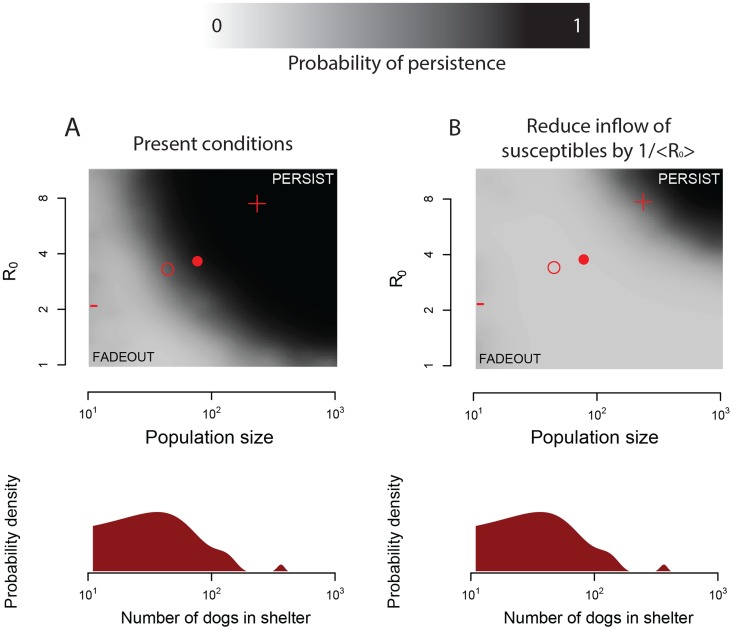Figure 4. Demographics, persistence, spread rate and possible eradication of CIV.
(A) Dog population sizes in animal shelters and within-shelter spread rates at which CIV can persist for at least 100 days according to present intake and output rates. The surface shows a smoothed (kriged) version of the outcome (persistence for at least 100 days) of 1000 simulations conducted at uniform random points within the plane described by the figure. Darker shades correspond to higher probabilities of persistence. Red symbols show features of the distribution for dog population sizes (estimated from the demographics data) and the posterior distribution of R0 in large shelters (estimated from seroprevalence data by MCMC; see Figures 2 and 3), including the median (hollow circle), mean (filled circle), 2.5th percentile (minus sign) and 97.5th percentile (plus sign). (B) Results of an intervention that reduces the arrival rate of susceptible individuals at a shelter to 1/<R0> its current value, where <R0> is the mean posterior distribution of R0 for CIV estimated from all available data. A kernel density estimate for the distribution of shelter sizes in the demographic data is shown below (A) and (B) to illustrate the scarcity of shelters large enough to support CIV in an endemic state.

